Modellierung und Simulation von Holzumformprozessen
Thermo-hygro-mechanische Prozesse zur Verdichtung und Umformung von Holz:
Kontinuumsmechanische Materialmodellierung und Struktursimulation
Schwerpunkte
- Phänomenologische Erfassung konstitutiver Charakteristiken des Formholzprozesses
- Entwicklung einer realitätsnahen, makroskopischen, numerischen Werkstoffmodellierung durch ein Invarianten basiertes anisotropes elasto-plastisches Materialmodell für Holz bei großen Deformationen
- Berücksichtigung des Einflusses von Temperatur und Feuchtigkeit, u. a. durch ein thermisch hygroskopisches finites Oberflächenelement und konstitutive Formulierung
- Parameteridentifikation durch Vergleich von Experiment und Simulation
- Anwendungs- und industrienahe Struktursimulation aus Formholz gefertigter Bauteile mittels Finite Elemente Methode
Förderung
Deutsche Forschungsgemeinschaft (DFG)
Zusammenarbeit
- Professur für Ingenieurholzbau und baukonstruktives Entwerfen, Fakultät Bauingenieurwesen, TU Dresden
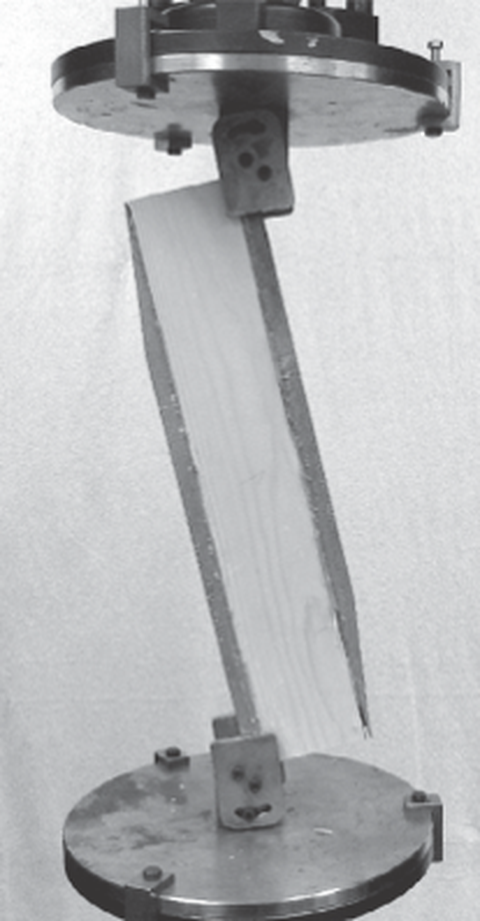
Experimentaufbau von Schubversuch an Fichtenholz
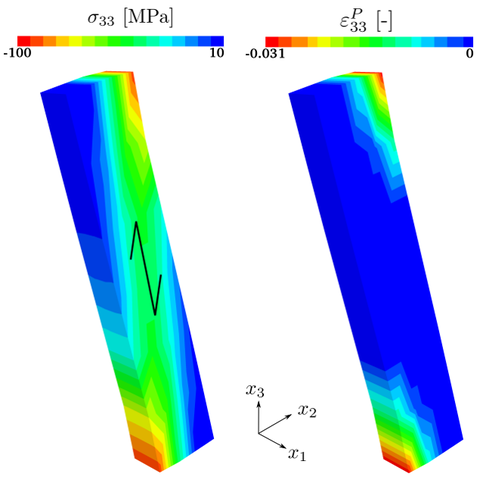
Simulationsergebnis für Schubversuch an Fichtenholz, Spannungen (links) und plastische Dehnungen (rechts)
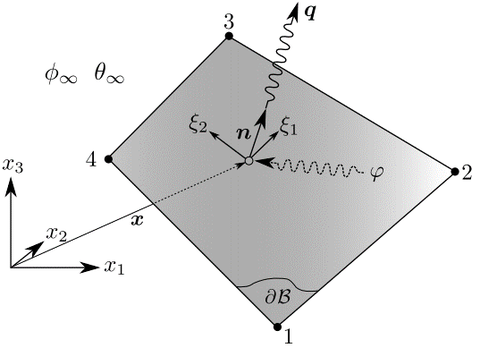
Schematische Darstellung eines finiten Oberflächenelements zur thermischen Konvektionsabbildung und Feuchteaufnahme bzw. -abgabe
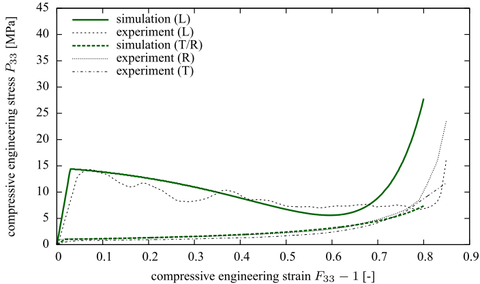
Numerischer Vergleich zwischen Simulationsergebnissen und experimentellen Messungen von uniaxialen Druckversuchen bei verschiedenen Faserorientierungen an Balsaholz
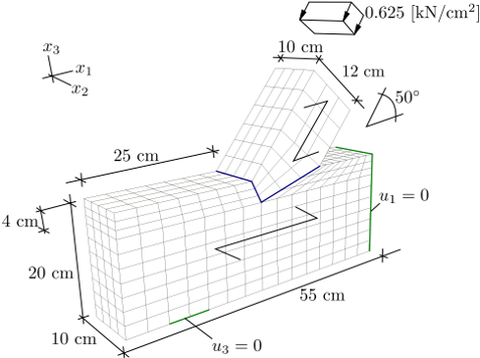
Geometrie, Diskretisierung und Randbedingungen für die Simulation eines Stirnversatzanschlusses
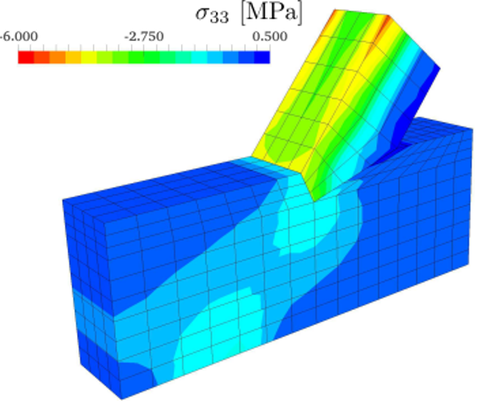
Spannungsverteilung als numerisches Ergebnis der Simulation eines Stirnversatzanschlusses
